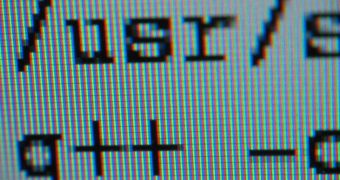Most of the light provided by the light source posted behind liquid crystal display panels never even reaches the eyes of the viewer. Light must pass through individual pixels whose brightness levels are controlled by small liquid crystals that modify their transparency according to the electric signal input. Therefore, 90 percent of the produced light is lost in the polarizing filters in the layers of the screen, while only 10 percent is used efficiently, which pretty much renders LCDs useless in direct sunlight.
However, this could easily change by employing a design in which pixels behave like tiny telescopes, allowing LCDs to use power more efficiently and to become easier to view in direct sunlight. Such a device has been recently invented by Anna Pyayt of the University of Washington in collaboration with engineers from Microsoft.
The new telescopic pixel has a circular shape and implies the use of a metal mirror about 100 microns across with a hole about 40 microns across in the center. Another circular metal mirror slightly larger than the hole is placed in front of the first one, which in turn faces the source of light. In standby, the larger mirror is flat, thus reflecting the incoming light back to the source. However, when an electric voltage is applied to the mirror, it changes to a parabolic shape and focuses light on the second mirror and through the hole, making the pixel light up.
Compared to the current design, the new telescopic pixel allows up to 36 percent of the incoming light to pass through the screen. "You could build a brighter monitor for the same amount of energy or use less energy to get the same brightness," said Pyayt.
Better still, the response time of telescopic pixels is around 1.5 milliseconds, nearly twice as fast as that of typical TV LCDs, and could no longer require the use of color filters for individual pixels, as colored beams of light could be directly projected on each telescope pixel. Although the design is still in its prototype stage, the machinery currently used in the fabrication of LCD displays can be easily adapted to create telescope pixels.

 14 DAY TRIAL //
14 DAY TRIAL //